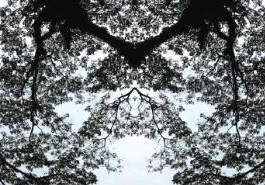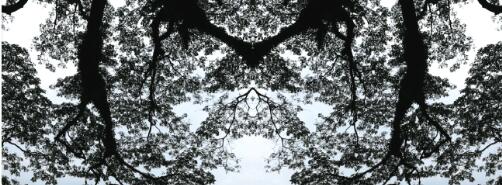Pearl Lam Galleries, Singapore
Singapore—Pearl Lam Galleries is pleased to present Lingering Manifestations, a group exhibition featuring works by artists from the Asia Pacific region: Boo Junfeng (b. 1983, Singapore), Zulkifli Lee (b. 1978, Malaysia), Ben Loong (b. 1988, Singapore), Gatot Pujiarto (b. 1970, Indonesia), John Young (b. 1956, Hong Kong), and Zhou Yangming (b. 1971, China). This curation of works explores themes of nature and landscape in an expanded field, collapsing histories and narratives to address various frameworks of representation. The artists reinterpret traditions from classical Chinese painting through European modernist abstraction, while seeking the subtle balance between Eastern and Western aesthetics. Still, others meditate on the passage of time and the cycles of nature, leaving traces of gradual transformation in the material processes of their works.
John Young’s investigation of Western late modernism has prompted significant phases of work from a bicultural viewpoint, including series of paintings in the last four decades that include the Silhouette Paintings, the Polychrome Paintings, the Double Ground Paintings, and the Abstract Paintings. The Veiled Paintings, exhibited here, reach back to the days of Western High Modernism and have strong emotional references to Mark Rothko and Morris Louis, with a hope for the conservation of human values in the phantasmagorical age of post-human digitalization. Similarly, Boo Junfeng demonstrates this critical distance through the timebased media of film, exploring the instability of individual memory and the impossibility of formulating a collective history. Mirror circles around the modernization of a postcolonial city-state through the dual realities of its central character. Merging and cleaving temporal realities, the film reflects on how present and future are inextricably tied to the past.
Zhou Yangming’s line paintings are in keeping with the following concept from the Dao De Ching: “The Way bears sensation, Sensation bears memory, Sensation and memory bear abstraction, and abstraction bears all the world.” Zhou creates series of paintings to illuminate his concept of space instead of presenting it in every individual work. From the consciousness of writing and the bottom of his heart, the artist ultimately creates a peaceful and quiet atmosphere in his works while emphasizing repetition, continuity, mental clarity through simplicity, and self-cultivation through the concept of a spiritual infinity. Gatot Pujiarto utilizes a distinctive collage and weathering technique on fabric, which is either applied on canvas or installed in the form of tapestry. The bare threads and weave of cloth are revealed for his viewers’ scrutiny. This feature of broken cloth serves as a metaphor for the distress of man’s action upon nature: negative, confused, and counterproductive to world harmony. Still, the bare tendrils accumulate to form the skeletal structure of the original cloth, reminding us through nostalgia of what it was originally.
When considering Ben Loong’s works, one might be inclined to appraise them based on the apparent materials: drywall plaster and resin. It is only when noticing the subtle gold leaf accents embedded in the industrial compounds that one discovers the implicit value; the whole is more than the sum of its parts. By challenging this normative perception of the materials with a raw visual harmony, Loong’s works become the embodiment of untouched potential. Likewise, Zulkifli Lee is invested in creating works that juxtapose the beauty of the relationship and paradox between humans and nature. His motifs usually involve systematic and rhythmic geometric patterns, but rather than striving for total control, he embraces the element of chance in the medium itself. Playing into the phenomenological aspect of the materials’ naturally occurring properties, Lee shares part of the image-making process with nature itself.




